Lamanai, Belize: One Of The Largest And Oldest Maya Cities Dated To 1500 BC
A. Sutherland - AncientPages.com - One of Belize’s largest and oldest continuously occupied Maya sites is - Lamanai, located deep within the jungles of the Orange Walk District on the bansks of along the 30 mile long New River Lagoon in North Central Belize.
People lived there from about 1500 BC when maize was being grown at the site, to 1680 AD. No doubt, Lamanai managed to have the longest occupation span of any known Maya site.
However, there is little evidence of how life evolved there over the millennia.
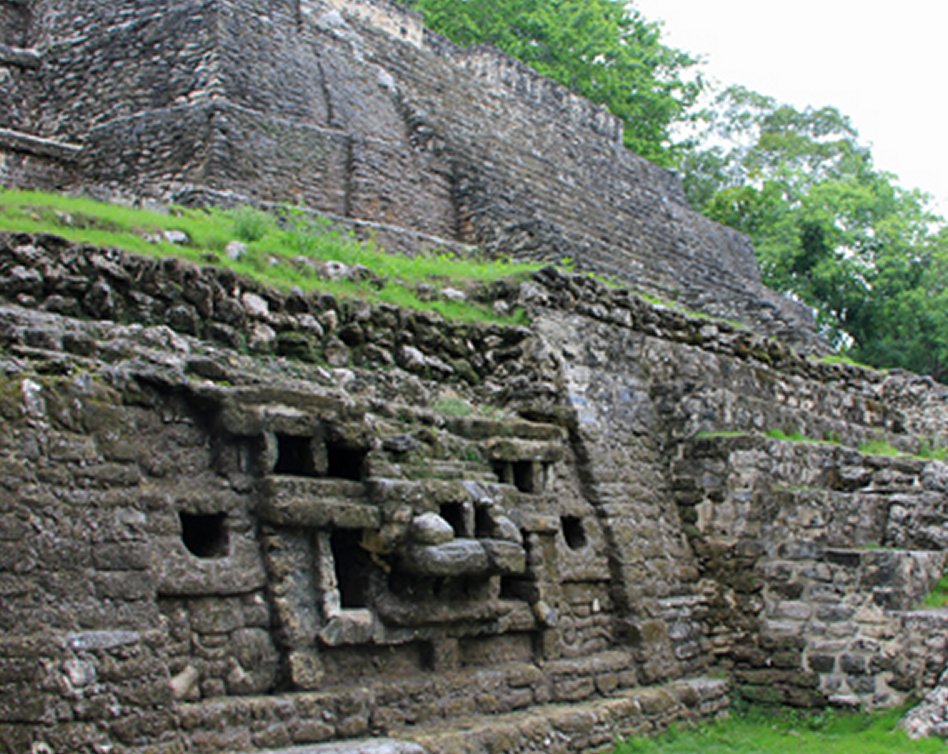
Temple of the Jaguar. This Early Classic temple is part of a complex of residential buildings with several modifications on the temple, attesting to the Maya’s long presence at Lamanai. Photo credits: Globotreks
The site's name is pre-Columbian and before the Spanish conquest, Lamanai was called; Laman'ayin ("submerged crocodile"). When the Spanish Conquistadors arrived, the Franciscan monks corrupted the name from "Laman'ayin" to "Lamanai" (submerged insect). This obvious corruption of the name was corrected by archaeologists in 1978 and the important suffix of "ayin" was officially added to the Spanish "mistake".
See also:
Magnificent Pyramid Of The Magician – The Tallest Structure In Ancient City Of Uxmal
Curiously, the name "Laman'ayin" is similar to that of the Lamanite ruler - King Laman - in the 'Book of Mormon', and according to Dr. Joseph Lovell Allen, a pioneer in the study of history and geography of Mesoamerica, the ruined Maya complex at Lamanai could have been named after him.
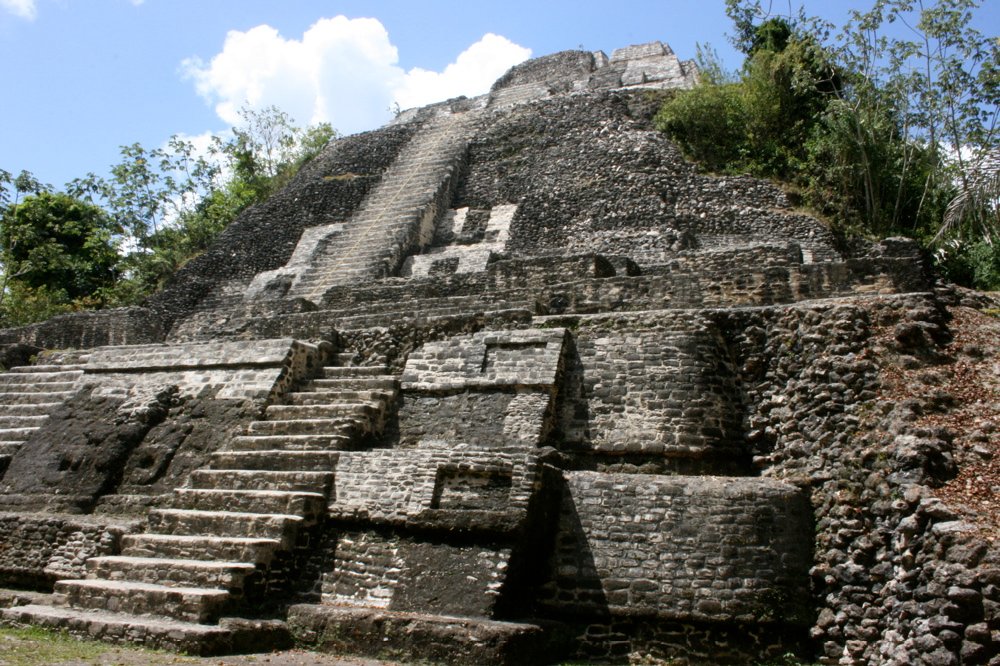
High Temple at Lamanai, Belize. Source via wikipedia
Local museum has collections of impressive artifacts excavated from the Lamanai site, including pottery, jade artifacts, well preserved obsidian, weapons and huge stone carvings, stelae, where the Maya preserved their history with intricate carvings.
In the jungle, there are massive pre-Columbian temples that served as places of rituals and ceremonies to honor the Mayan gods. It is believed that Lamanai contains about 100 structures and twelve major ones. Most of them remain buried or covered by jungle and bush and unexplored; only three of them have been excavated.
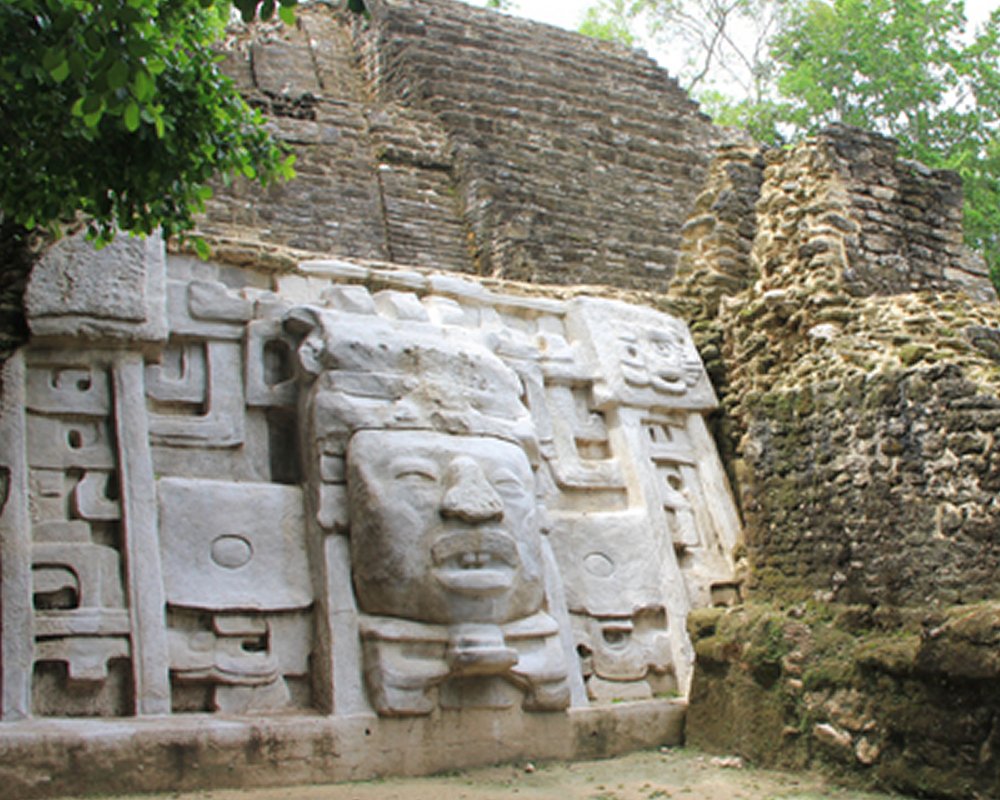
The Mask Temple (or The Temple of the Masks) presents the skilled artistry of the Middle Early Classic and Late Classic periods of the Mayas – between 200 BC and 1300 AD.
One of them is a stepped-pyramid structure the so-called "Temple of the Jaguar Masks" dated back to AD 625 and decorated with a pair of distinctive masks flanking both sides of the structure, and depicting jaguars, one of the Maya’ s most sacred animals.
Another impressive structure is the High Temple, which is 108 feet (33 m) above ground level, and the last one and the smallest of them, the Temple of the Masks, which is adorned by a 13-foot masks of ancient Maya King (believed to be either an Olmec God, or Kinich Ahau, the Maya Sun God) with a headdress of a crocodile.
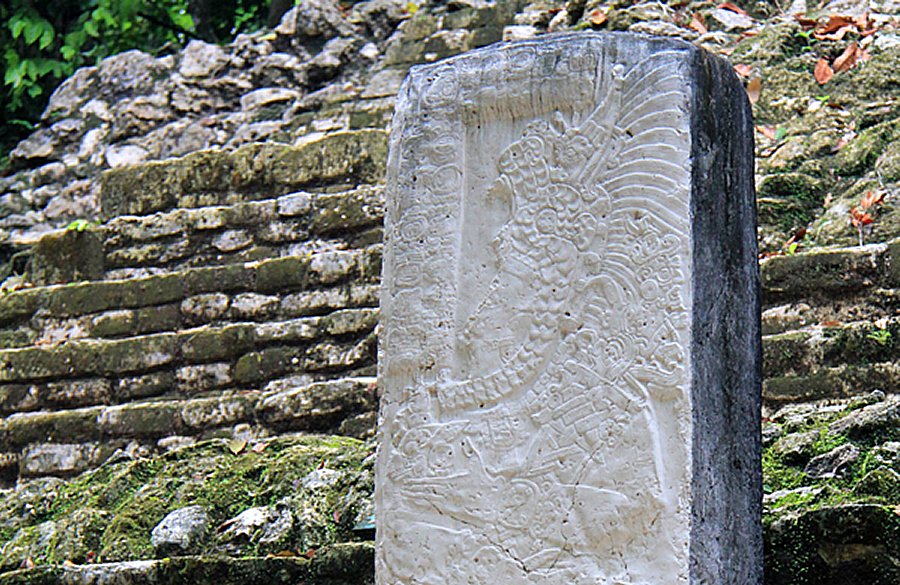
Mayan stela found at Lamanai, erected in 625 CE in the Yucatec language of the Maya. This Late Classic stela represents Lord Smoking Shell and celebrates the anniversary of the lord’s reign and the conclusion of the year. Photo credits: Globotreks.
This temple presents the high artistry of the Middle Early Classic and Late Classic periods of the Mayas – between 200 BC and 1300 AD. During excavations of this temple, archaeologists unearthed two burial tombs.
Unlike many other Maya ruins, much of Lamanai was built in layers; nothing was intentionally destroyed. Ancient temple structures have been found beneath both the High Temple and the Mask Temple. People built upon the temples of their ancestors, instead of destroying them. The last constructions on these two temples took place in the 7th century AD.
Written by – A. Sutherland - AncientPages.com Senior Staff Writer
Copyright © AncientPages.com All rights reserved. This material may not be published, broadcast, rewritten or redistributed in whole or part without the express written permission of AncientPages.com
Expand for referencesMore From Ancient Pages
-
 Fossils Of Mysterious Homo Naledi Change Our Understanding Of Evolution
Archaeology | May 10, 2017
Fossils Of Mysterious Homo Naledi Change Our Understanding Of Evolution
Archaeology | May 10, 2017 -
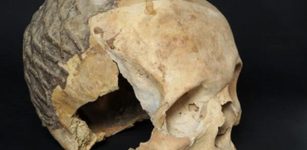 What Was Asphalt Doing On A 9,000-Year-Old Skull Discovered In The Judean Desert
Archaeology | Feb 1, 2022
What Was Asphalt Doing On A 9,000-Year-Old Skull Discovered In The Judean Desert
Archaeology | Feb 1, 2022 -
 Mystery Of Doppelgangers And Spirit Doubles – From Ancient To Modern Times
Featured Stories | Sep 16, 2014
Mystery Of Doppelgangers And Spirit Doubles – From Ancient To Modern Times
Featured Stories | Sep 16, 2014 -
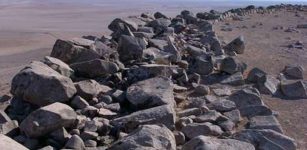 Satellite Images Reveal Huge 4000-Year-Old Military Network In Syria
Archaeology | Dec 23, 2017
Satellite Images Reveal Huge 4000-Year-Old Military Network In Syria
Archaeology | Dec 23, 2017 -
 Merkhet – An Ancient Egyptian Timekeeping Instrument
Ancient History Facts | Jul 3, 2018
Merkhet – An Ancient Egyptian Timekeeping Instrument
Ancient History Facts | Jul 3, 2018 -
 Ancient City Of Timgad: Largest Roman Settlement Ever Built In North Africa
Civilizations | Feb 28, 2023
Ancient City Of Timgad: Largest Roman Settlement Ever Built In North Africa
Civilizations | Feb 28, 2023 -
 Mythical Kingdom Of Prester John – Did It Exist?
Featured Stories | Mar 21, 2016
Mythical Kingdom Of Prester John – Did It Exist?
Featured Stories | Mar 21, 2016 -
 Encounter With Time Window At The Upper Current River And Curious Glimpses From The Past
Featured Stories | Jul 28, 2018
Encounter With Time Window At The Upper Current River And Curious Glimpses From The Past
Featured Stories | Jul 28, 2018 -
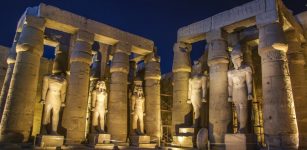 Luxor – Ever-Lasting Legacy Of The Ancient Egyptian Civilization And The Pharaohs
Featured Stories | Mar 29, 2021
Luxor – Ever-Lasting Legacy Of The Ancient Egyptian Civilization And The Pharaohs
Featured Stories | Mar 29, 2021 -
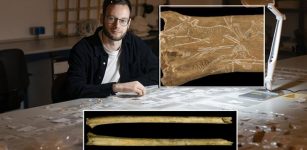 Fascinating Portable Art From Torre Cave, Gipuzkoa – One Of The Most Complete Specimens From The Entire Iberian Peninsula
Archaeology | May 26, 2023
Fascinating Portable Art From Torre Cave, Gipuzkoa – One Of The Most Complete Specimens From The Entire Iberian Peninsula
Archaeology | May 26, 2023 -
 Secrets Of The Bible: Codex Zacynthius – Hidden Text In New Testament May Soon Be Uncovered
Biblical Mysteries | Oct 7, 2014
Secrets Of The Bible: Codex Zacynthius – Hidden Text In New Testament May Soon Be Uncovered
Biblical Mysteries | Oct 7, 2014 -
 On This Day In History: Charlemagne Became The King Of The Franks – On Dec 5, 771
News | Dec 5, 2016
On This Day In History: Charlemagne Became The King Of The Franks – On Dec 5, 771
News | Dec 5, 2016 -
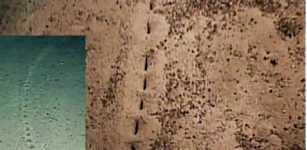 Who Or What Made These Mysterious Holes At The Bottom Of The Atlantic Ocean?
News | Mar 23, 2023
Who Or What Made These Mysterious Holes At The Bottom Of The Atlantic Ocean?
News | Mar 23, 2023 -
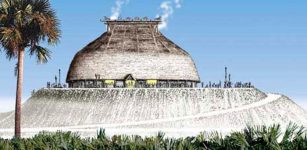 Why Were The 4,000-Year-Old Native American Shell Ring Villages Suddenly Abandoned?
Archaeology | Mar 3, 2022
Why Were The 4,000-Year-Old Native American Shell Ring Villages Suddenly Abandoned?
Archaeology | Mar 3, 2022 -
 3D-printed replica of an artefact revives music of Iron-Age Ireland
News | Sep 4, 2015
3D-printed replica of an artefact revives music of Iron-Age Ireland
News | Sep 4, 2015 -
 Cerne Abbas Giant: Researchers Attempt To Determine Age Of Giant Figure
Archaeology | Mar 27, 2020
Cerne Abbas Giant: Researchers Attempt To Determine Age Of Giant Figure
Archaeology | Mar 27, 2020 -
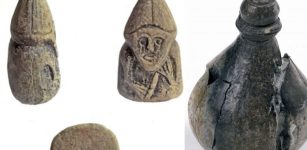 Old Norse Settlers Traded Walrus Ivory With Kyiv – Spectacular Archaeological Finds Reveal
Archaeology | Jun 16, 2022
Old Norse Settlers Traded Walrus Ivory With Kyiv – Spectacular Archaeological Finds Reveal
Archaeology | Jun 16, 2022 -
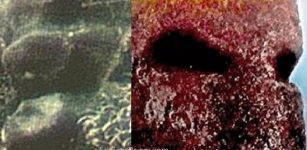 Prehistoric Puzzle: Three Gigantic Stone Heads Of Unknown Origin
Featured Stories | Mar 17, 2020
Prehistoric Puzzle: Three Gigantic Stone Heads Of Unknown Origin
Featured Stories | Mar 17, 2020 -
 Previously Uncounted Copies Of Newton’s Groundbreaking ‘Principia’ – Discovered
News | Nov 11, 2020
Previously Uncounted Copies Of Newton’s Groundbreaking ‘Principia’ – Discovered
News | Nov 11, 2020 -
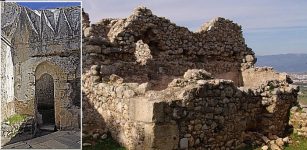 7th Century Old Cistern Among Recent Finds In Medieval City Of Beçin, Turkey
Archaeology | Aug 21, 2020
7th Century Old Cistern Among Recent Finds In Medieval City Of Beçin, Turkey
Archaeology | Aug 21, 2020
